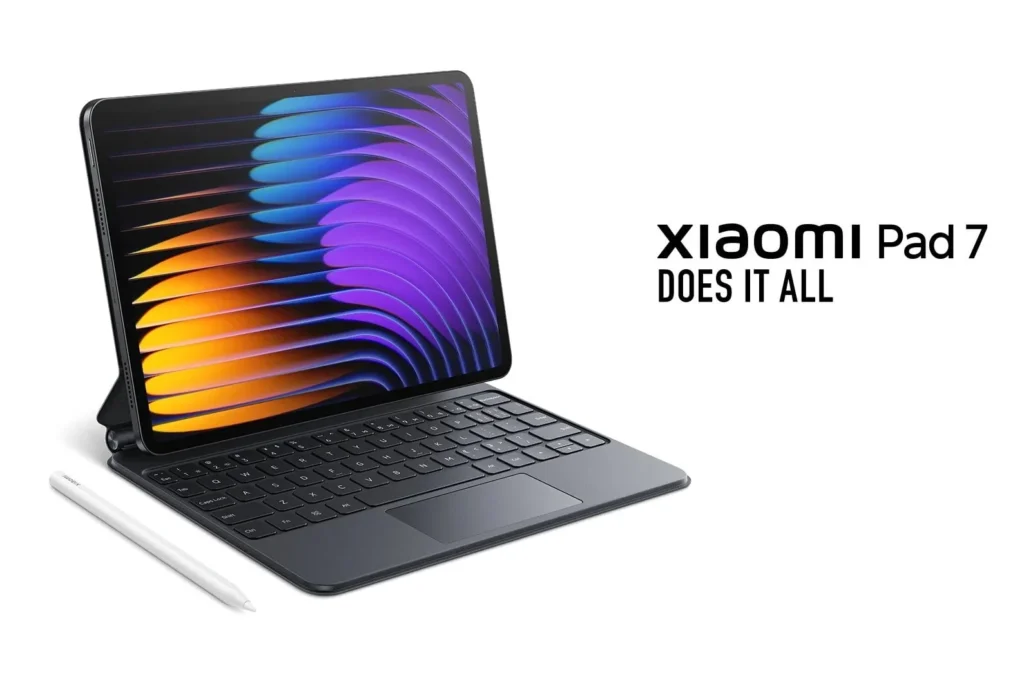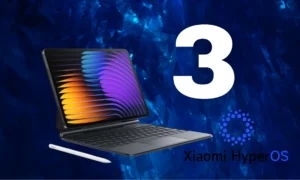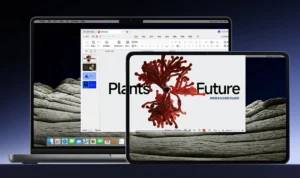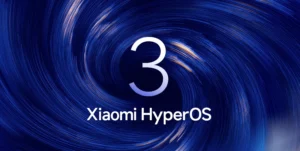Xiaomi Pad 7 vs Lenovo Idea Tab Pro: The Ultimate Midrange Tablet Showdown
The midrange Android tablet landscape is evolving, especially in India. With the recent launch of the Xiaomi Pad 7 and Lenovo’s Idea Tab Pro, users now have two compelling options that deliver powerful performance without the flagship price tag. Both tablets boast impressive hardware, high-refresh-rate displays, and productivity-enhancing accessories. But which one truly stands out in this competitive arena?

Display and Design: A Visual Treat
Lenovo’s Idea Tab Pro showcases a generous 12.7-inch LTPS LCD display with a stunning 3K resolution of 2944 x 1840 pixels. With a smooth 144Hz refresh rate and brightness levels reaching up to 400 nits, this tablet is perfect for binge-watching Netflix or engaging in light creative tasks. Despite its larger size, it remains portable, weighing in at 615 grams and measuring just 6.9mm thick.
In contrast, the Xiaomi Pad 7 features an 11.2-inch 3.2K display, boasting a resolution of 3200 x 2136 pixels and variable refresh rates of up to 144Hz. One of its standout characteristics is the Nano Texture option, which reduces glare and reflections by an impressive 99%. Weighing only 499 grams and measuring 6.18mm in thickness, its sleek unibody metal design offers a premium feel, making it an excellent travel companion.
Performance: Power Under the Hood
When it comes to performance, the Lenovo Idea Tab Pro is powered by the MediaTek Dimensity 8300 chipset. This 4nm processor is paired with up to 12GB of RAM and 256GB of expandable storage via microSD. This combination ensures smooth multitasking, gaming, and content creation, marking a significant upgrade from its predecessor, the Dimensity 7050.
On the other hand, the Xiaomi Pad 7 is equipped with Qualcomm’s Snapdragon 7+ Gen 3 processor, known for its near-flagship performance. With options for 8GB or 12GB of LPDDR5X RAM and faster UFS 4.0 storage in the higher variant, the Pad 7 is designed for speed and efficiency, making it an excellent choice for power users.
Software and AI Features: Innovation at Your Fingertips
Lenovo’s tablet runs on Android 14 with ZUI 16, promising two years of OS updates and four years of security patches. Its integration with Google Gemini allows for innovative features like circle-to-search and an AI assistant. Additionally, Lenovo’s Smart Connect suite enhances cross-device functionality, enabling seamless file sharing and app streaming.
Meanwhile, the Xiaomi Pad 7 comes with Android 15-based HyperOS 2.0, featuring AI-powered tools such as AI Writing and AI Live Subtitles. This tablet also includes Xiaomi Creation tools, catering to digital artists and content creators.
| Feature | Lenovo Idea Tab Pro | Xiaomi Pad 7 |
|---|---|---|
| Display Size | 12.7 inches | 11.2 inches |
| Resolution | 2944 x 1840 pixels | 3200 x 2136 pixels |
| Processor | MediaTek Dimensity 8300 | Qualcomm Snapdragon 7+ Gen 3 |
| RAM Options | Up to 12GB | 8GB or 12GB |
| Battery Capacity | 10,200mAh | 8,850mAh |
| Fast Charging | 45W | 45W |
Audio, Accessories, and Battery Life
Both tablets feature quad-speaker setups with Dolby Atmos support. Lenovo opts for JBL speakers for an immersive audio experience, while Xiaomi enhances its setup with four microphones for clearer video calls.
In terms of accessories, the Lenovo Idea Tab Pro supports the Lenovo Tab Pen Plus and an optional 2-in-1 keyboard, while Xiaomi offers its Focus Keyboard, featuring stepless angle adjustments and adaptive backlighting. The Focus Pen is perfect for sketching, supporting 8192 levels of pressure sensitivity.
Battery-wise, Lenovo packs a robust 10,200mAh battery, ensuring up to 11 hours of video playback. Xiaomi’s 8,850mAh battery also supports 45W fast charging, minimizing downtime for users.
Pricing and Conclusion: Making the Choice
Both tablets are competitively priced. The 8GB+128GB variants are available for approximately $339 (Rs. 27,999) and €310. The 12GB+256GB models are priced around $369 (Rs. 30,999) and €340, while Xiaomi’s Nano Texture Display edition retails at about $396 (Rs. 32,999) and €360.
Ultimately, the Lenovo Idea Tab Pro is ideal for users who prioritize a larger display and longer battery life. However, if portability, a refined design, and cutting-edge AI features are more important, the Xiaomi Pad 7 takes the lead. Both tablets offer remarkable value, making the midrange tablet market in India more exciting than ever.
Xiaomi Pad 7 vs Lenovo Idea Tab Pro Comparison
Discover the Xiaomi Pad 7 vs Lenovo Idea Tab Pro comparison to find the perfect midrange tablet that fits your needs.
Tags: Xiaomi Pad 7, Lenovo Idea Tab Pro, midrange tablets, Android tablets, tech comparison, tablet reviews







